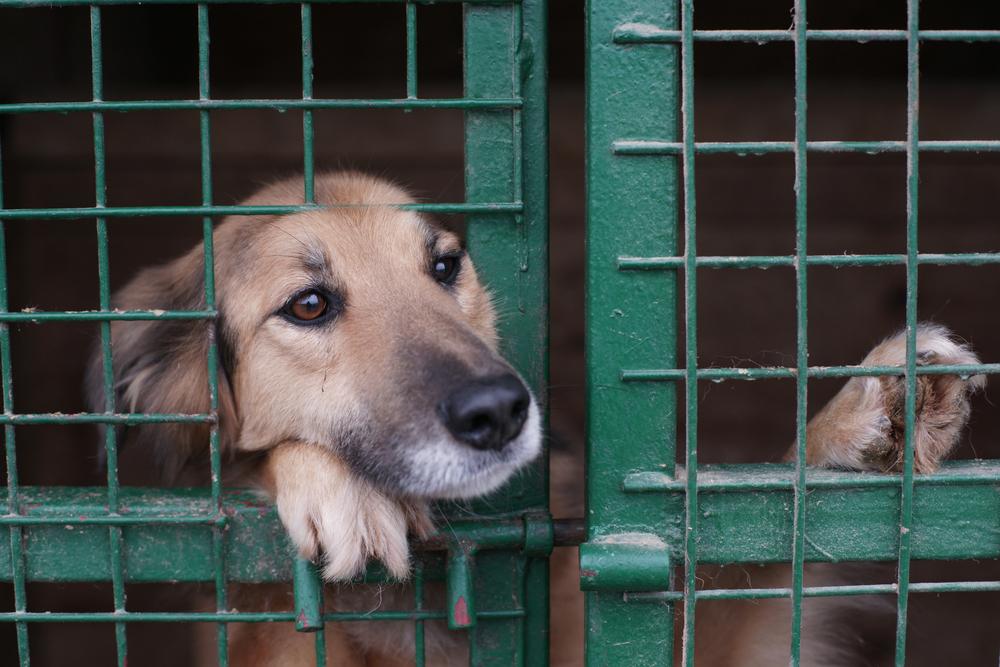Taking a “Byte” out of Pet Theft
According to PetFinder.com, "up to 2 million animals are stolen each year. Only about 10% are ever returned home." The frightening facts of what can happen to these animals are below.
Many stolen animals end up in:
- Puppy mills using them for breeding
- Dog-fighting groups use them as "bait dogs"
- Laboratories buy them for research
- Pet stores sell them to new owners

GREAT tips on preventing pet theft:
by PetHub Guest Blogger, Jody Miller-Young, BarkandSwagger.com
Proper Identification – This is your first line of defense to protect your pet from theft and there are a few ways you can go about it.
Physical ID tag – This is the bare minimum of pet ID and an absolute must. Make sure it’s easy to read and is securely attached to a buckle collar that your pet always wears. A great choice is a digital ID, like a PetHub QR tag, that link to a free online profile that can hold multiple emergency contacts, medical information and current photos of your pet.
Microchip/Tattoo – A more permanent and effective form of ID, microchipping and tattooing are means by which your pet can always be identified. Talk to your vet about these procedures. And don’t forget to register your microchip with the proper registry. You can even have an ID tag that lets people know your dog has this as a deterrent.
Licensing – most cities require you to license your dog. In some, you can be fined or your dog can even be confiscated if you don’t have it licensed. It is an added protection because it registers your pet with the city and, as with a microchip, there’s no need for a scanner to read it. And licensing provides a source of funding to animal care and control agencies to care for lost and abandoned animals.
Keep ‘Em Close
Indoors Is Best – Your pet is safest indoors, especially if you’re not at home. Never leave a pet outdoors anywhere if you’re not there.

More tips:
- Don’t allow your pet to be visible from the street. If people with bad intentions can’t see her, it’s less likely she’ll be stolen.
- Don’t put your pet’s name on his ID tag. Pets are more likely to go with strangers who call them by name.
- Be on the lookout for strangers in the neighborhood and report anything that looks suspicious to the authorities.
- Know where your pet is at all times.
- Spay and neuter your pets. Fixed animals are less likely to stray from home.
- Keep your pet on a leash whenever you go outside.
Advice from Experts:
"I think pet owners need to be informed and aware that when they do tie their dog up outside a coffee shop or if they leave their dog in the car to run a few errands that they are making their pet a potential target for crime. And that is when a number of these pet thefts do occur." -Lisa Peterson, Director of Club Communications, American Kennel Club
“Form a pet community in your neighborhood. It’s important to know the pets in your area and which neighbors own them. Build good relationships with the other pet owners so that everyone is paying attention to what’s going on with the community’s pets. If you know the dogs and their owners and you see some stranger with a neighbor’s dog, that’s a red flag. A neighborhood with its eyes open is less likely to be targeted.” -Kiersten Theisen, Director of Pet Care Issue, The Humane Society of the United States.
“According to National Pet Recovery, a private pet recovery company, about 41 percent of the cases reported to them involved a stolen dog. About 47 percent of lost dogs were those allowed to run loose.” -Dr Jon Rappaport, PetPlace.com
“Keep companion animals safely inside your home when you are expecting repair personnel, meter readers, or guests.” -Petfinder.com

